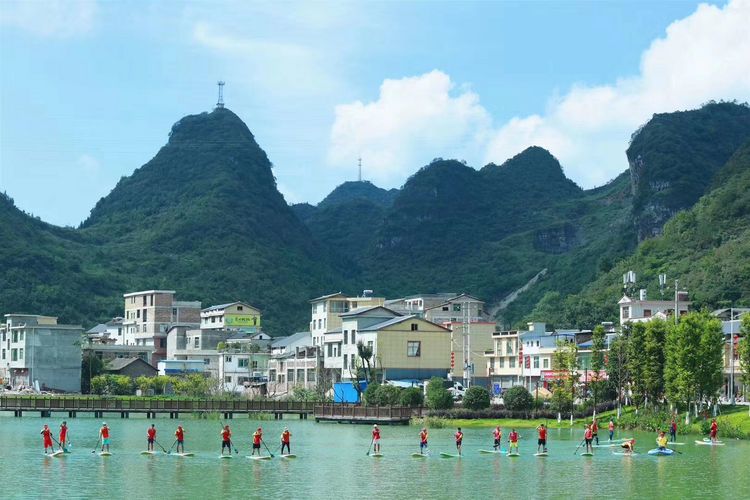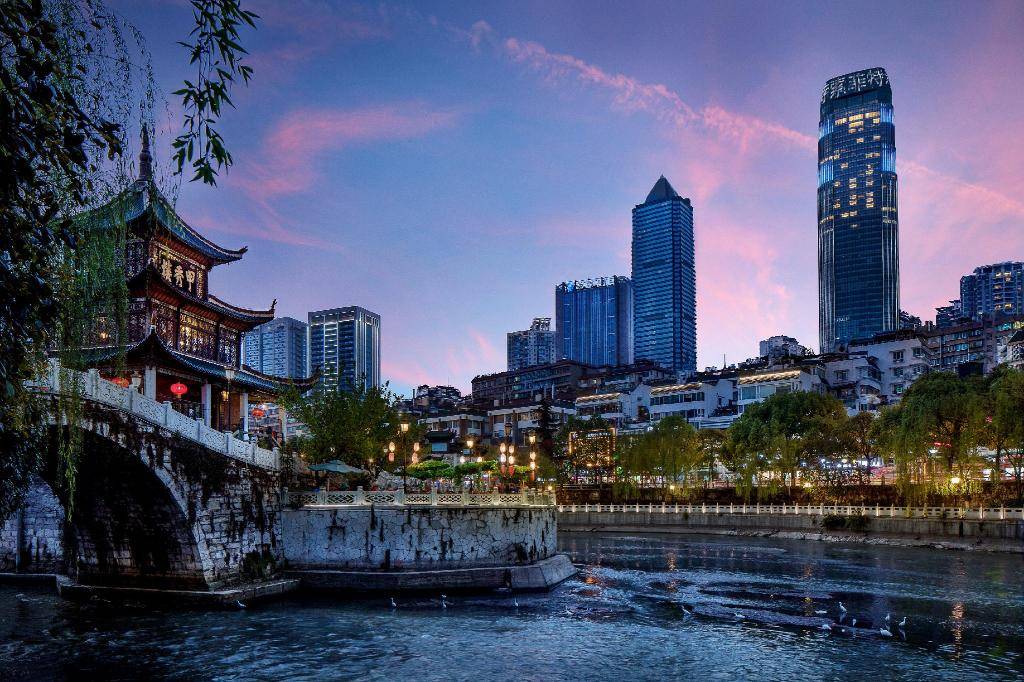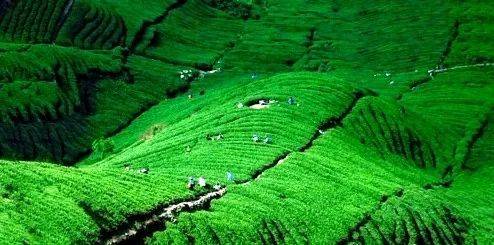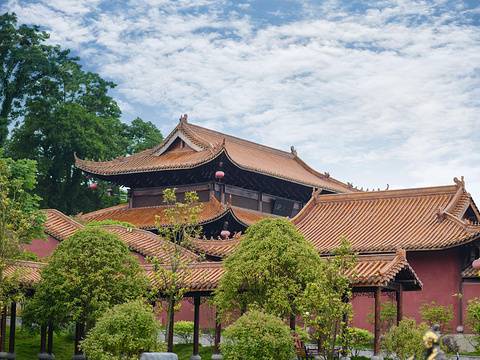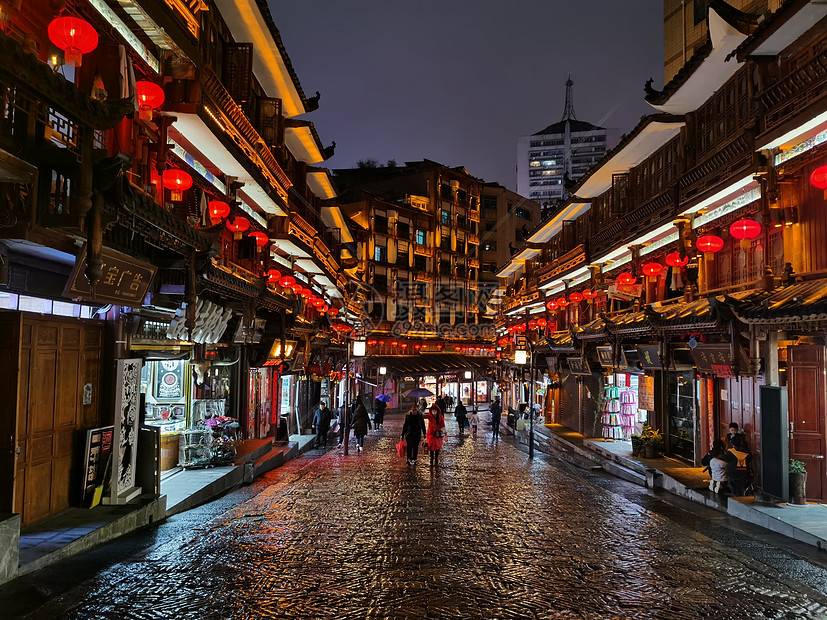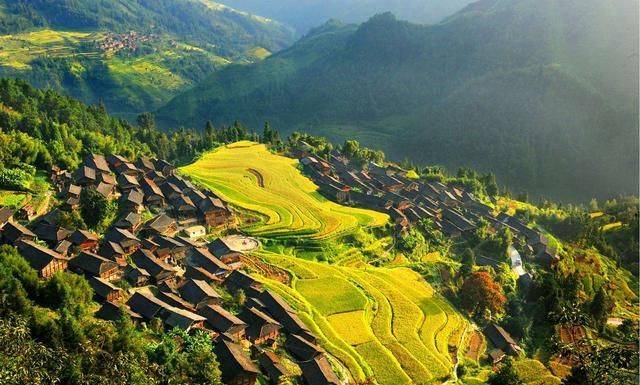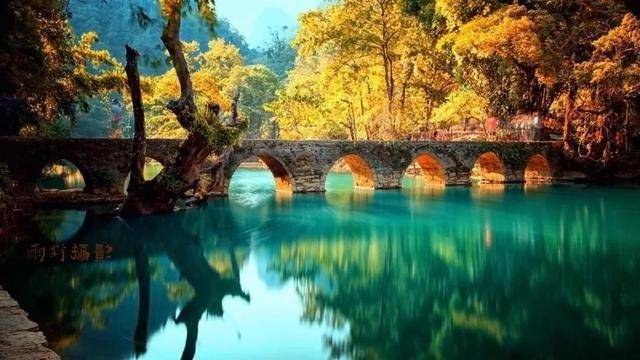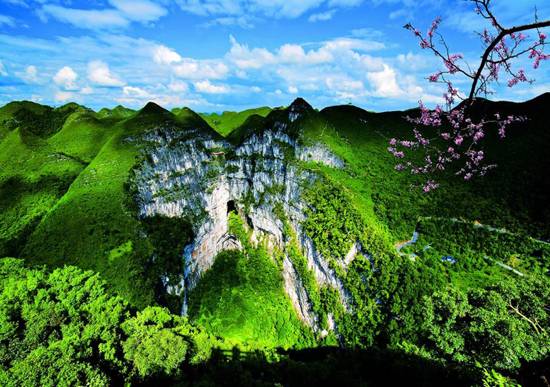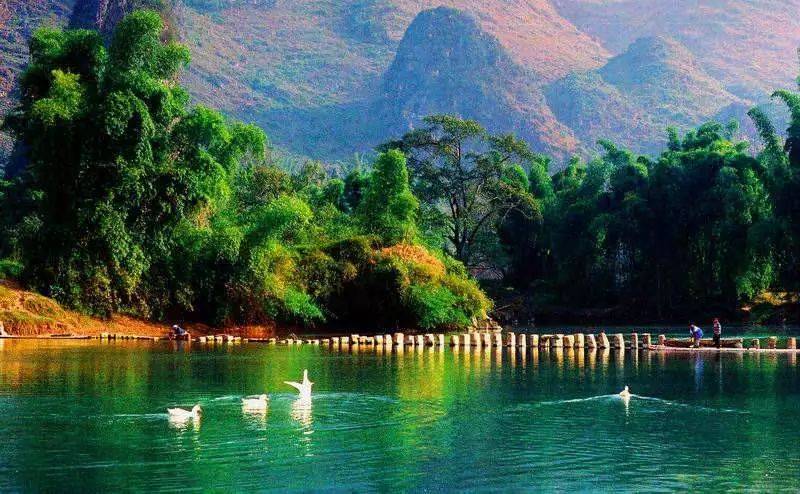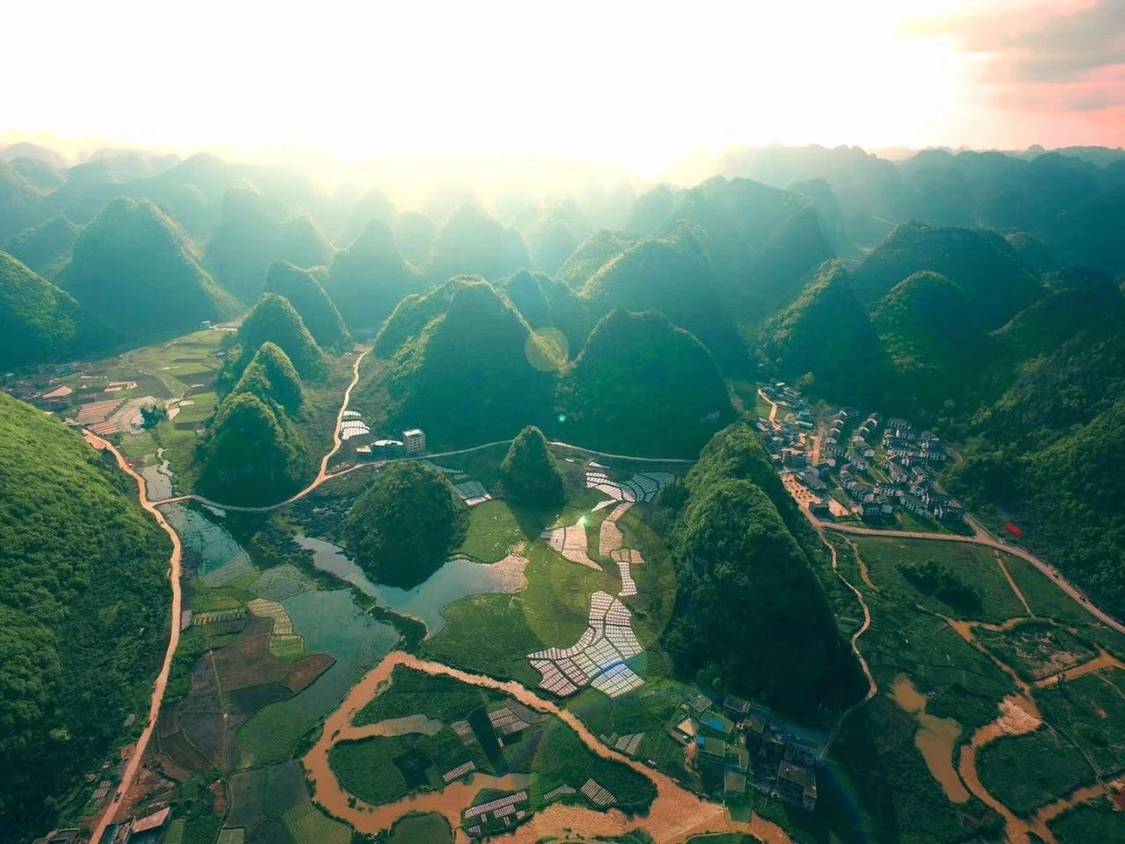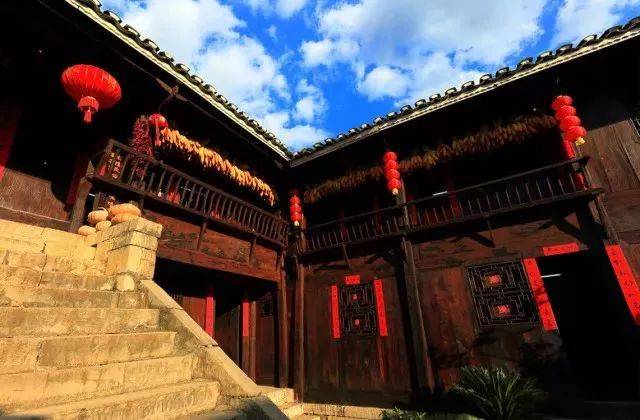Guiyang
Abbreviated as 'Zhu', also known as Lincheng or Zhucheng, it is the capital of Guizhou Province. Guiyang has no extreme heat in summer and no severe cold in winter. Major attractions include Hongfeng Lake, the Ancient Tea Horse Road, and Qingyan Ancient Town.
Guiding
Guiding County is home to the nationally recognized intangible cultural heritage 'Oriental Tango' Miao Long Shirt Dragon Dance and the 'Miao Ling Living Fossil' Yunwu Miao Long Drum Dance. It is known as the 'Hometown of Chinese Rice Sculpture Art.' Panjiang Town's Yinzhai Village, known as the 'First Bouyei Village in China,' has been named a 'Chinese Ethnic Minority Characteristic Village' and one of 'Guizhou's Top Ten Most Beautiful Rapeseed Flower Agricultural Landscapes' by the National Ethnic Affairs Commission.
Fuquan
Fuquan boasts numerous tourist attractions and is an important site for studying the ancient Yelang culture. It has been included in the 'Dictionary of Famous Chinese Cities'. Notable tourist attractions in Fuquan include the Ming Dynasty ancient city walls, Gejing Bridge, and the Taoist sacred site of Fuquan Mountain, which are national key cultural relics protection units. Additionally, there are the provincial scenic spots such as Sajingu Valley, the natural ecological tourism area of Habang River, and the picturesque Xiaoyan Scenery. Other attractions include the 'miraculous spring and tree' at Longjing, the renowned 'King of Camellias' at Xinglong, and the millennium-old ginkgo tree at Huangsi, which is listed in the Guinness World Records.
Duyun
Duyun city is located on the banks of the Jianjiang River, where 'nine streams converge into one.' Numerous rivers flow into the source of the Yuanjiang River, with the Jianjiang River running through the city. The jade-like Jianjiang River, with its banks adorned with flowers and the sounds of birds, and the green mountains towering in the background, creates a natural ecological environment where mountains and waters blend harmoniously. Among them, the main peak of Doupeng Mountain in Duyun has an altitude of 1961 meters. It is as famous as Fanjing Mountain and Leigong Mountain, making it one of the three major mountains in Guizhou.
Sandu
Sandu Shui Autonomous County, located in the southeastern part of Qiannan Buyi and Miao Autonomous Prefecture, is the only Shui Autonomous County in China. The main attractions in Sandu Shui Autonomous County include: Baicheng Forest Sea Scenery, Duliu River Rafting, Forest Resort, Yaoren Mountain Nature Reserve, Buyang Cliff Inscriptions, Dujiang Ancient City Ruins, Qing Army Ten Thousand Graves, Shui and Miao Ethnic Songs and Dances, Villages, etc.
Libo
The region boasts good ecological conditions and a pleasant climate. It is home to the national 5A-level Zhangjiang Scenic Area, the national Maolan Nature Reserve, Shuichun River Rafting, Huangjiang River National Wetland Park, Yaoshan Ancient Village Scenic Area, Four Seasons Flower Sea, and attractions such as Zhaipiao, Shuipu, and Datu Homestays.
Dushan
Dushan, a beautiful mountain town, is like a dazzling pearl embedded in the eastern foothills of the Dabie Mountains, at the source of the Pi River. Local specialties include the renowned Dushan pickled vegetable series and the famous Gaozhai tea and Goushan tea, which are as well-known as Duyun Maojian tea. The 'three sours' of Dushan—salted sour, stinky sour, and shrimp sour—have unique flavors, with salted sour vegetables being called 'China's best vegetarian dish.'
Pingtang
Home to ethnic groups such as the Bouyei, Miao, Han, and Shui, with the Bouyei being the majority. The unique geographical and cultural environment has created a distinctive and colorful ethnic atmosphere. For example, the Bouyei customs in the Tangbian and Kedu areas include the 'June 6th' song festival, 'Eight Major Performances', Baba stick dance, weaving dance, and Guinness World Record-challenging folk 'skills and stunts' performances. The Miao customs in the Xintang and Datang areas feature the 'Lusheng dance' and 'Moon-chasing'. The Maonan customs in the Kapu and Zhemi areas include the 'Torch Festival', the joyful and amusing 'Monkey Drum Dance', and 'Ground Drum Bull' dances that showcase the harmony between humans and animals.
Luodian
The main attractions and scenic spots in Luodian County include the Daxiao Well Provincial Scenic Area, the Highland Thousand Island Lake Scenic Area, and the Great Guizhou Beach.
Changshun
Ethnic minorities account for 56% of the population, mainly Bouyei and Miao. The county has attractions such as Xingwang Mountain, Baiyun Mountain, and Dujuan Lake. The Dujuan Flower Scenic Area on the water integrates mountains, water, birds, forests, springs, caves, and villages. It is named for the dense clusters of red, pink, and white azaleas that stretch for dozens of miles along the lake's ridges and hills.
Huishui
Huishui is characterized by karst basin landforms, with the Lianjiang River running through the entire region. The Lianjiang alluvial plain covers an area of 90 square kilometers, featuring fertile land, crisscrossing fields, green plains, and vibrant life. The area experiences no severe cold in winter, no extreme heat in summer, and enjoys a spring-like climate all year round, making it a pleasant place to live.
